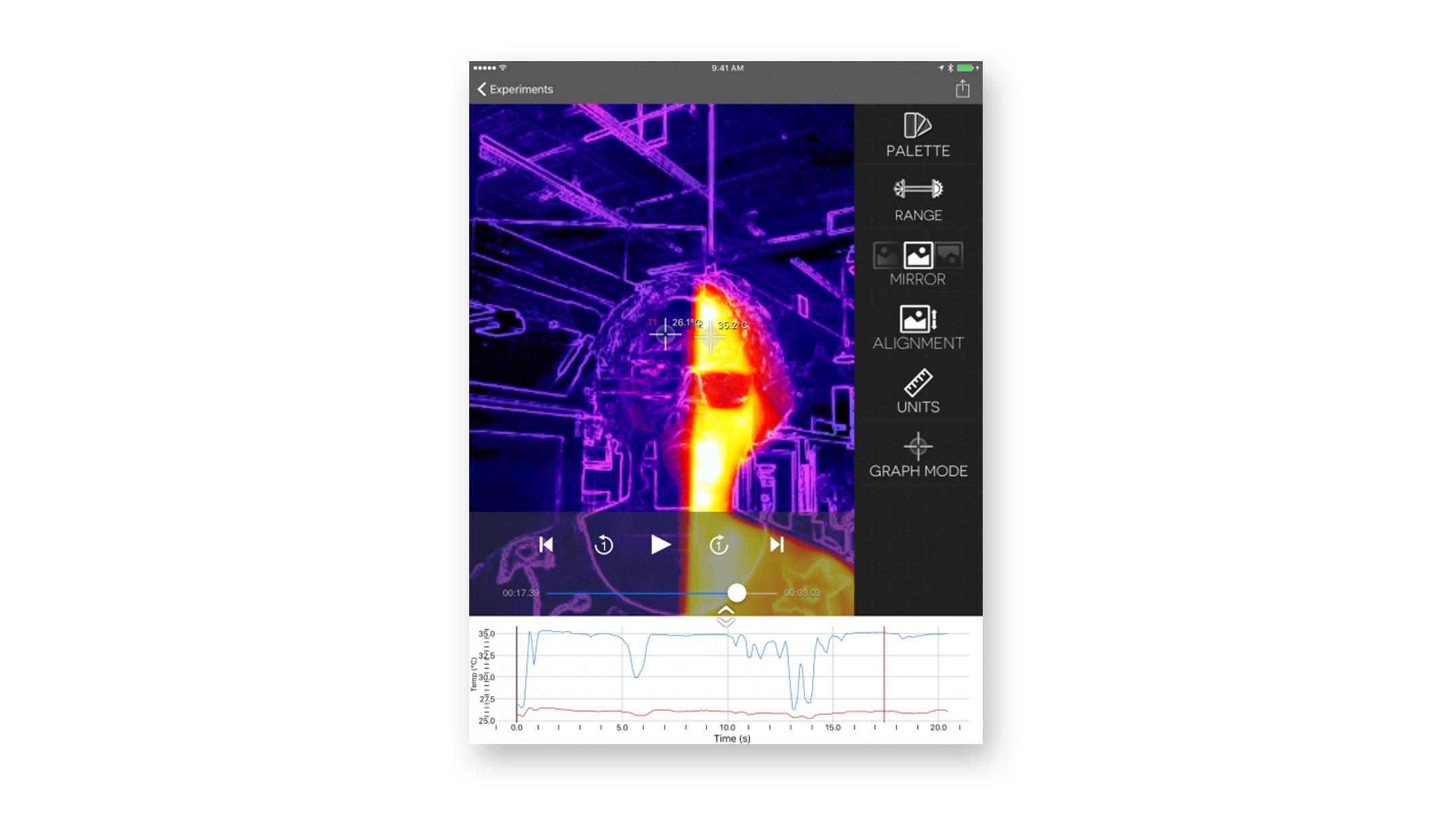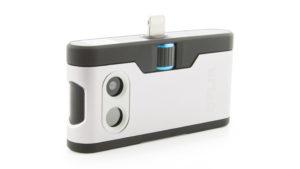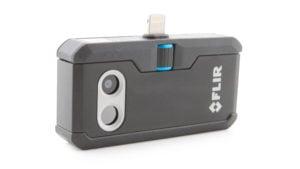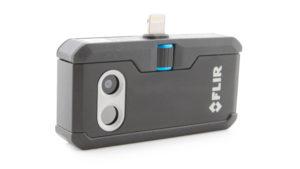Study the Unseen with Thermal Analysis Plus
Offer your students a fun and engaging way to study thermal energy. With our Thermal Analysis app, students can easily observe temperature changes on the skin, illustrate convection, track heating due to friction, compare heat conduction in different materials, analyze the transparency of materials in infrared vs. visible light, and much more.
The Vernier Thermal Analysis Plus app makes it possible to analyze temperatures of up to four spots or regions and collect temperature data as a function of time. Examine the in-app graph, select different points or regions to examine, collect time-lapse videos for longer experiments, or export data to Graphical Analysis GW or Logger Pro for further analysis.
Requirements
- Vernier Thermal Analysis Plus for FLIR ONE™ app requires iOS 11.2.5 or newer.
- Thermal Analysis Plus analyzes images and videos captured with the FLIR ONE™ Thermal Cameras for iOS. (Only available to educational institutions.)
How to use Thermal Analysis
Video
Follow along as our Director of Physics, Fran Poodry, walks through the functions of our free Thermal Analysis app using the second generation FLIR ONE camera (discontinued). You’ll learn how to analyze the absorption of radiant energy, evaluate the transmission and reflection of infrared light, and determine respiration rate. These functions are also available on our paid app, Thermal Analysis Plus, which is compatible with the 3rd generation FLIR ONE and FLIR ONE Pro cameras.








